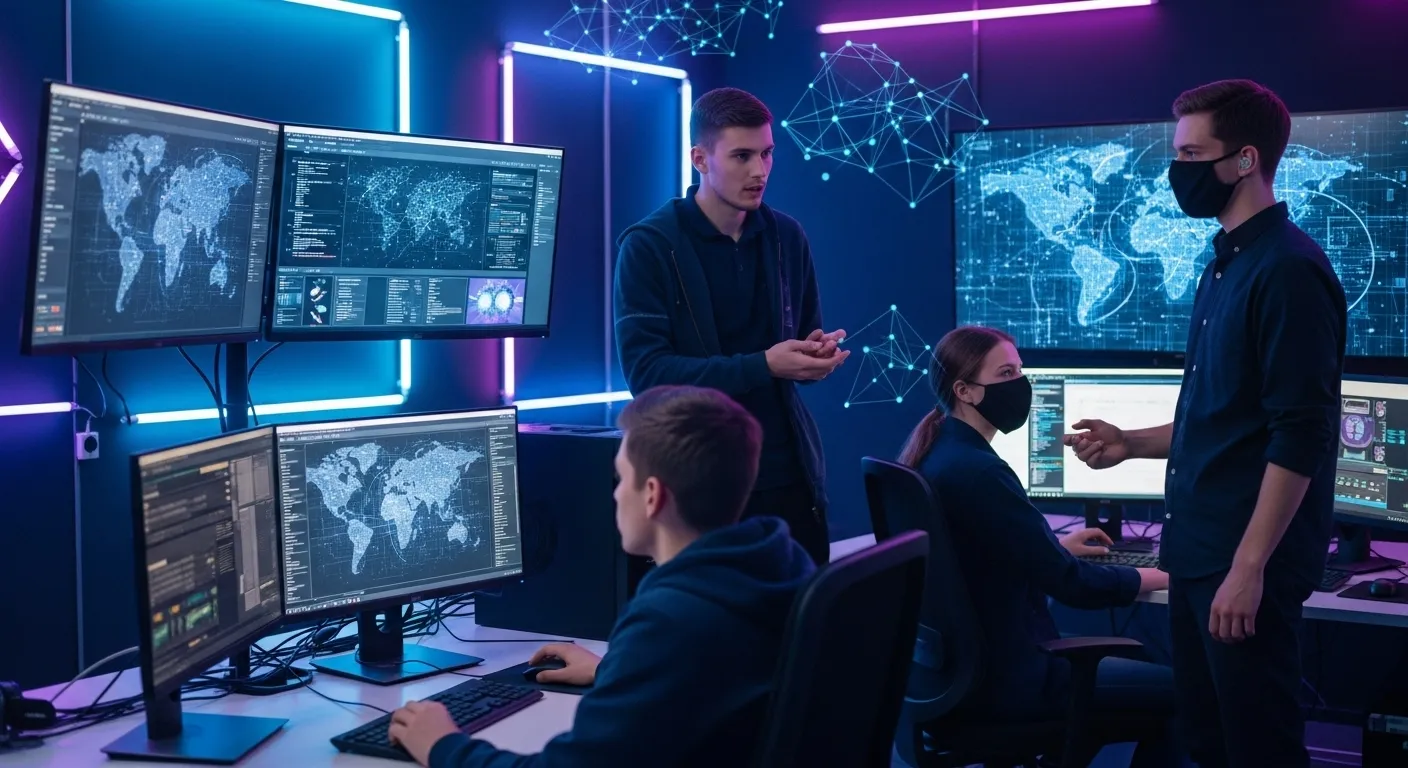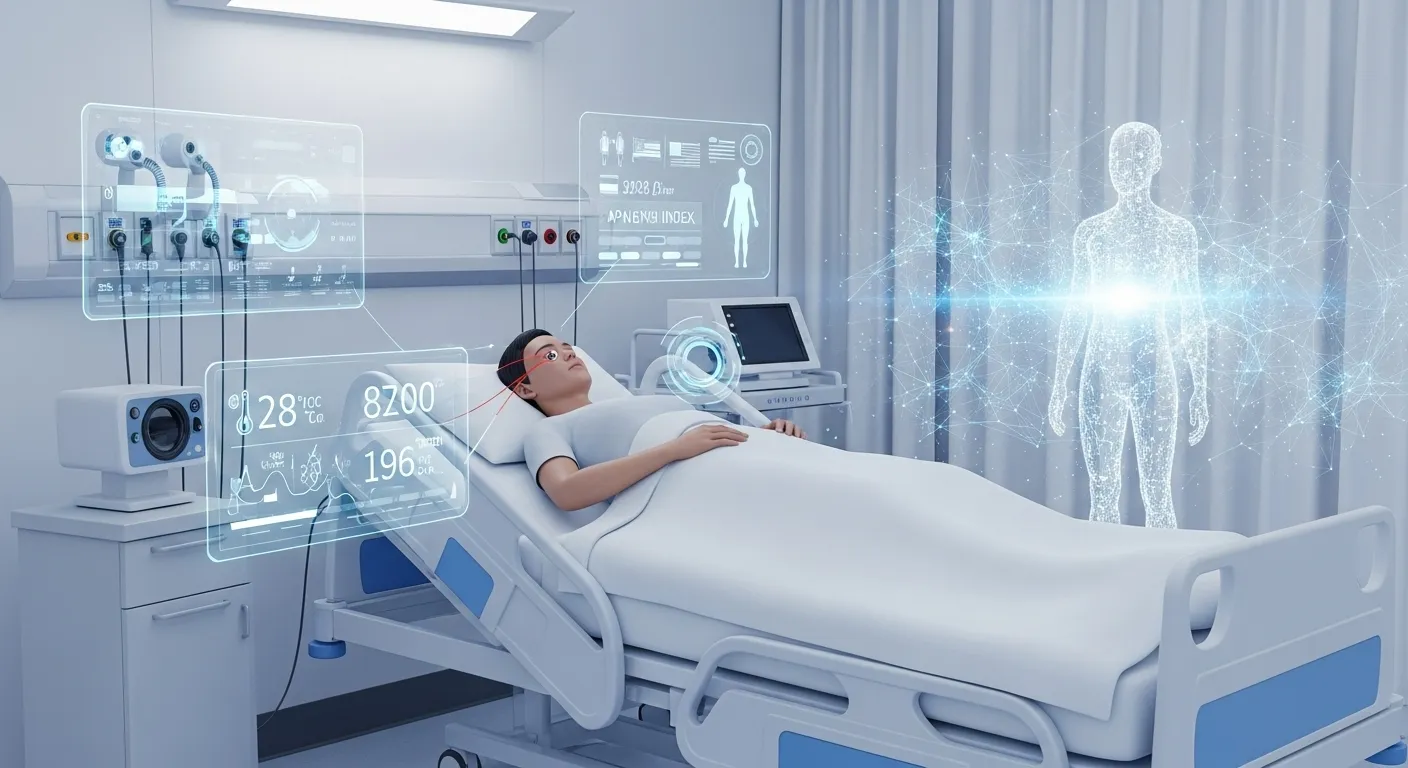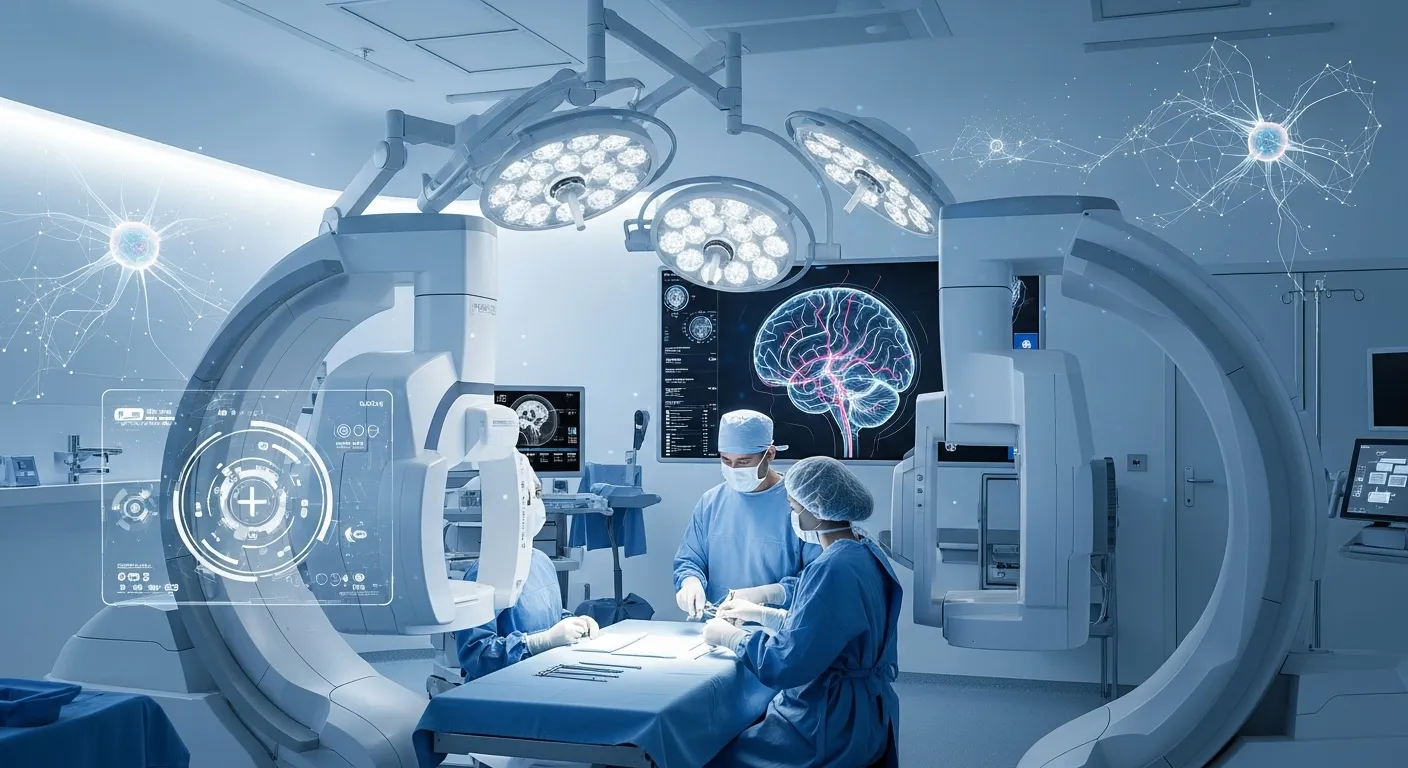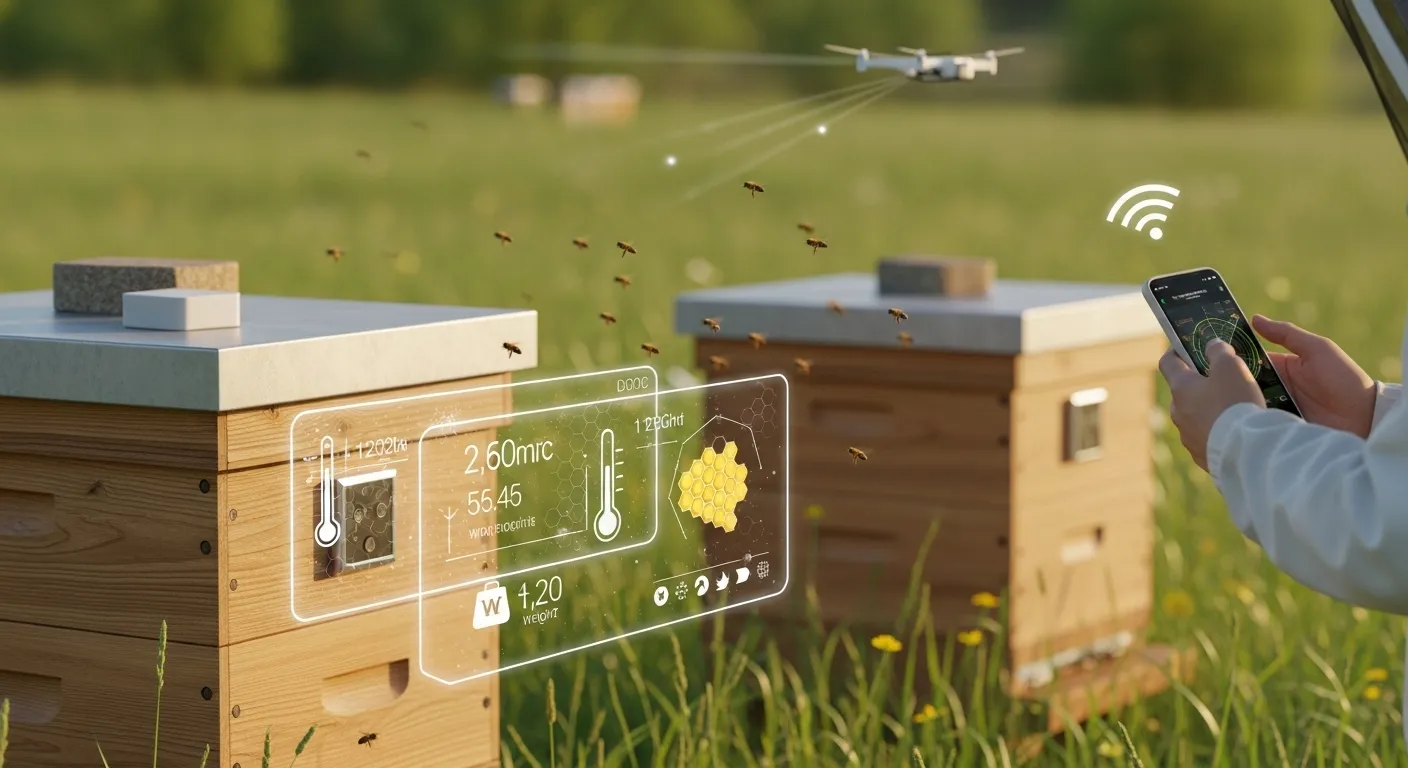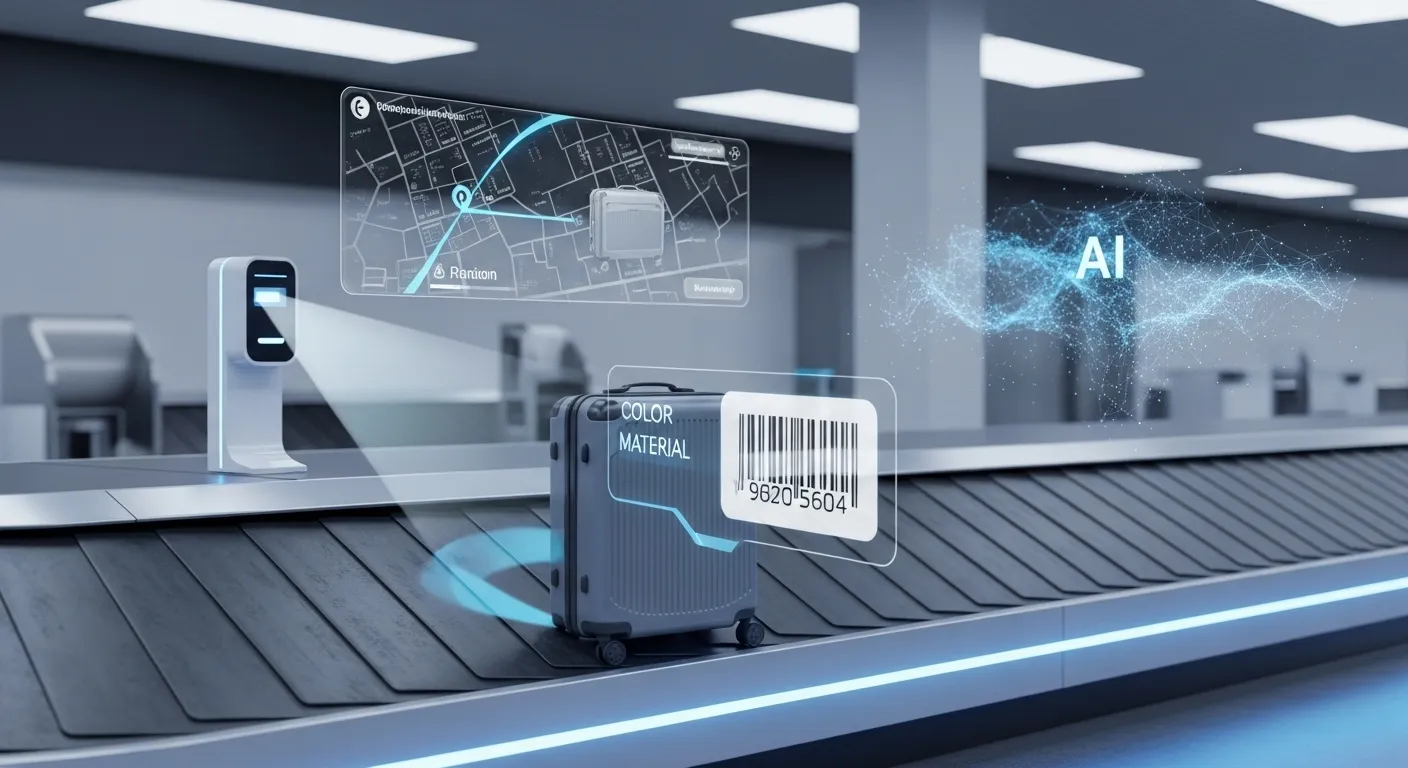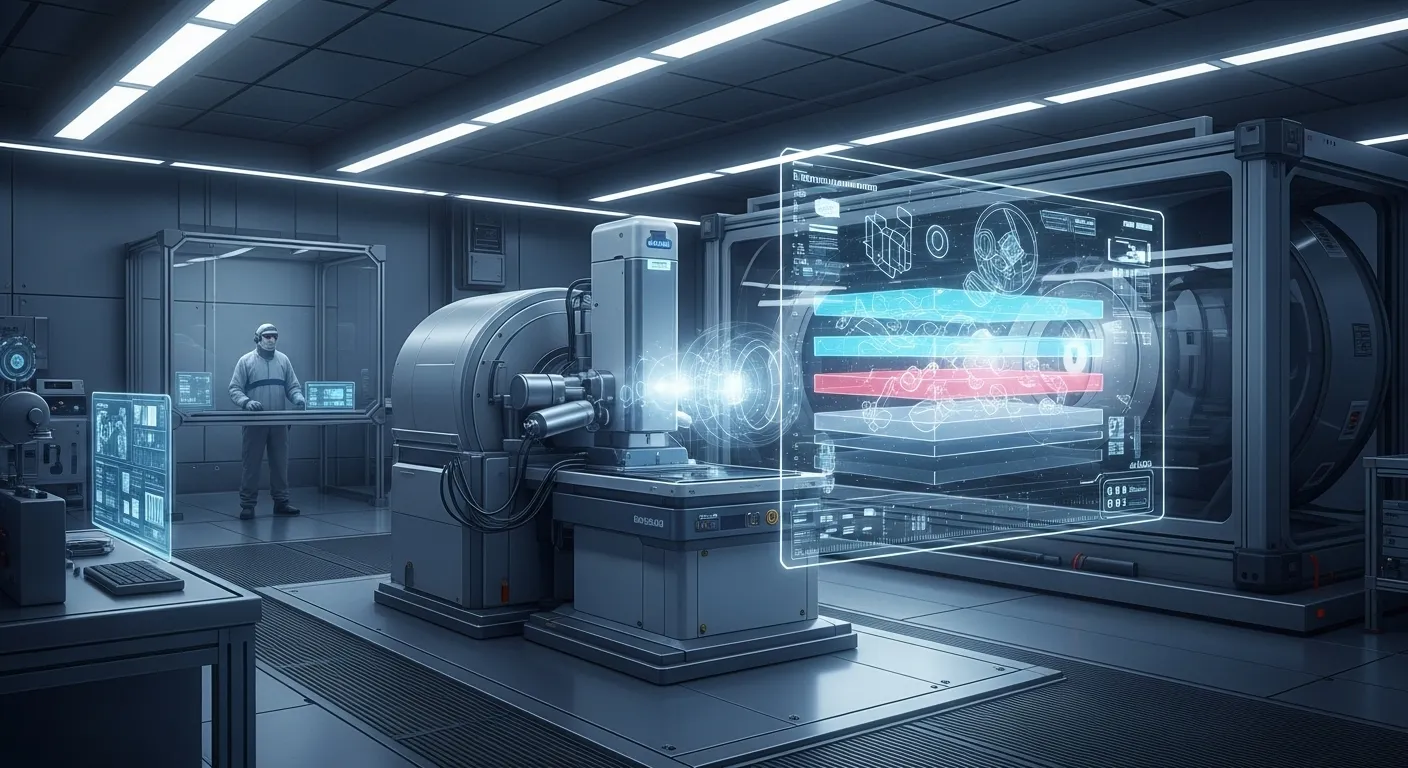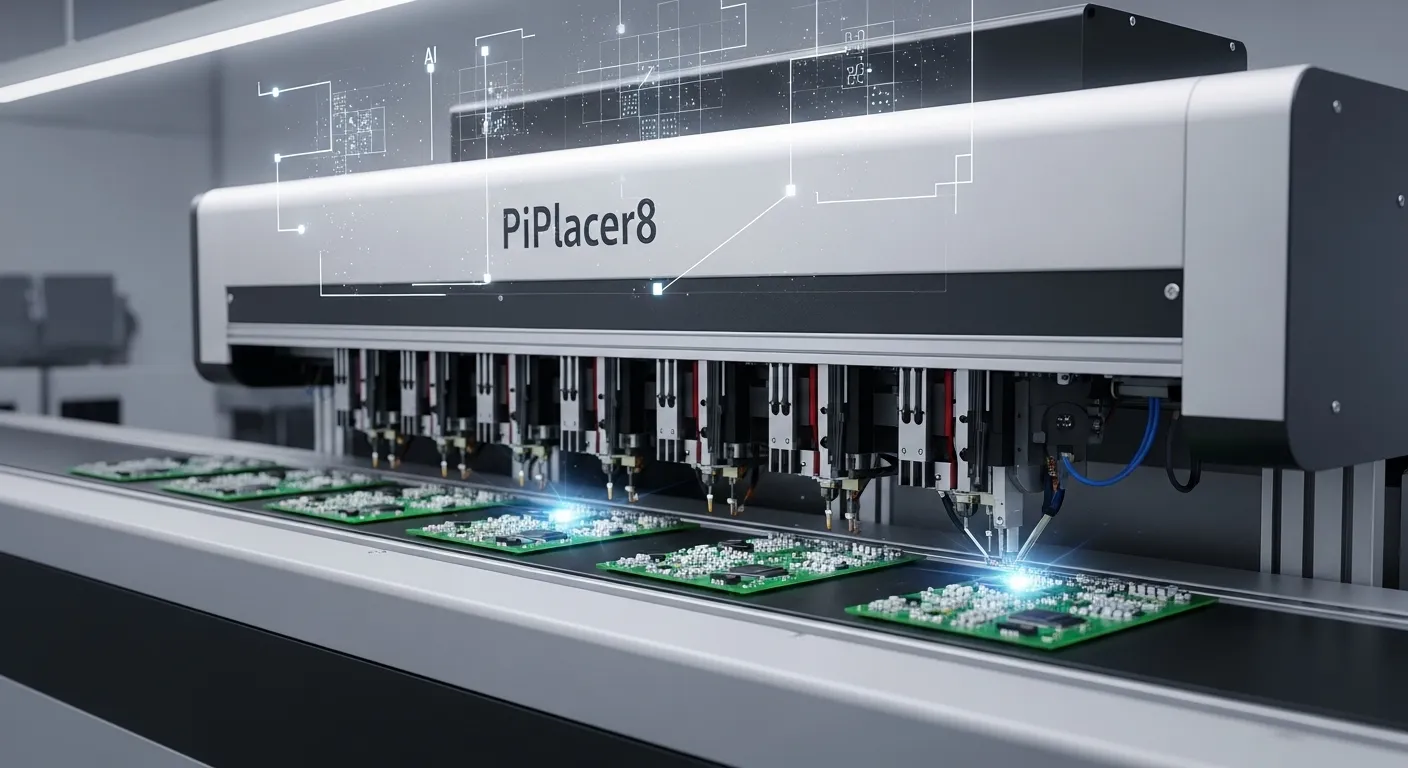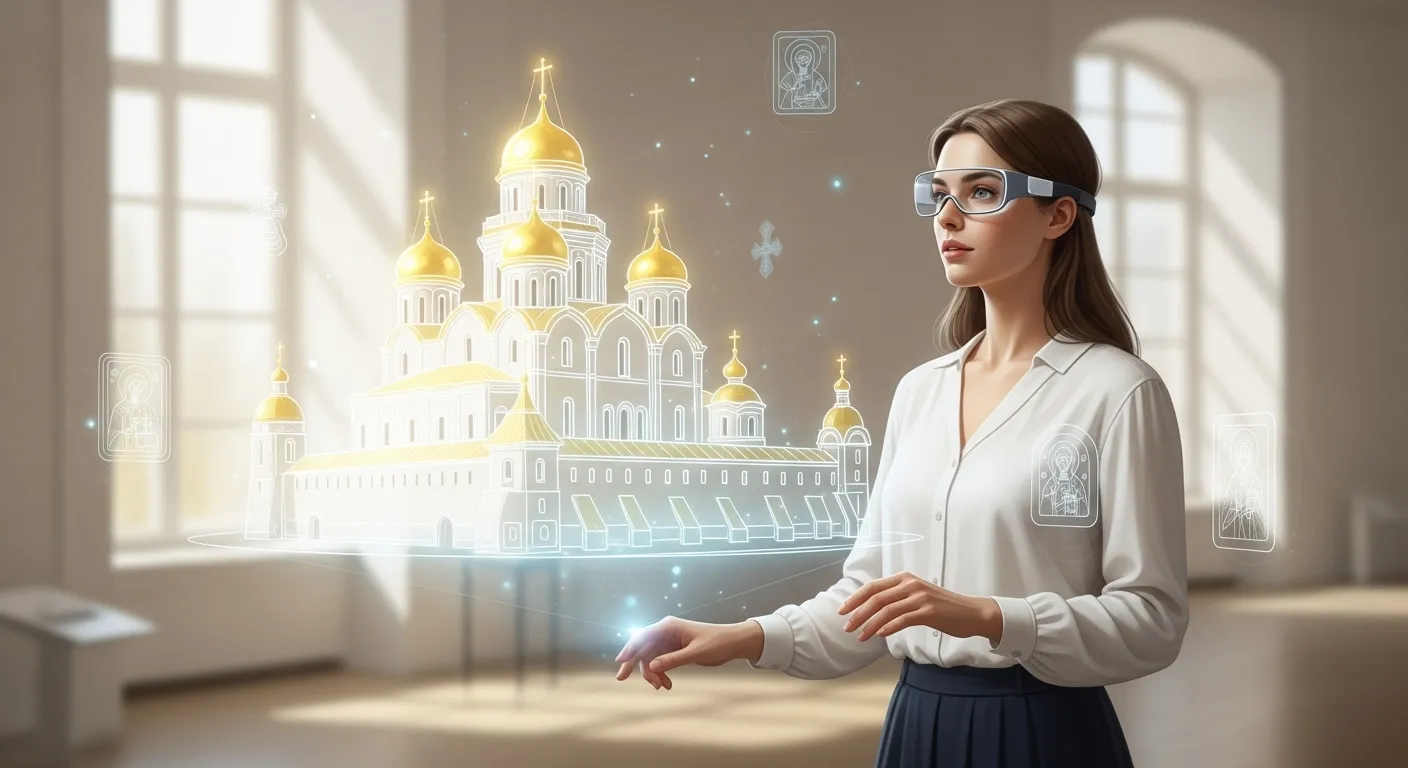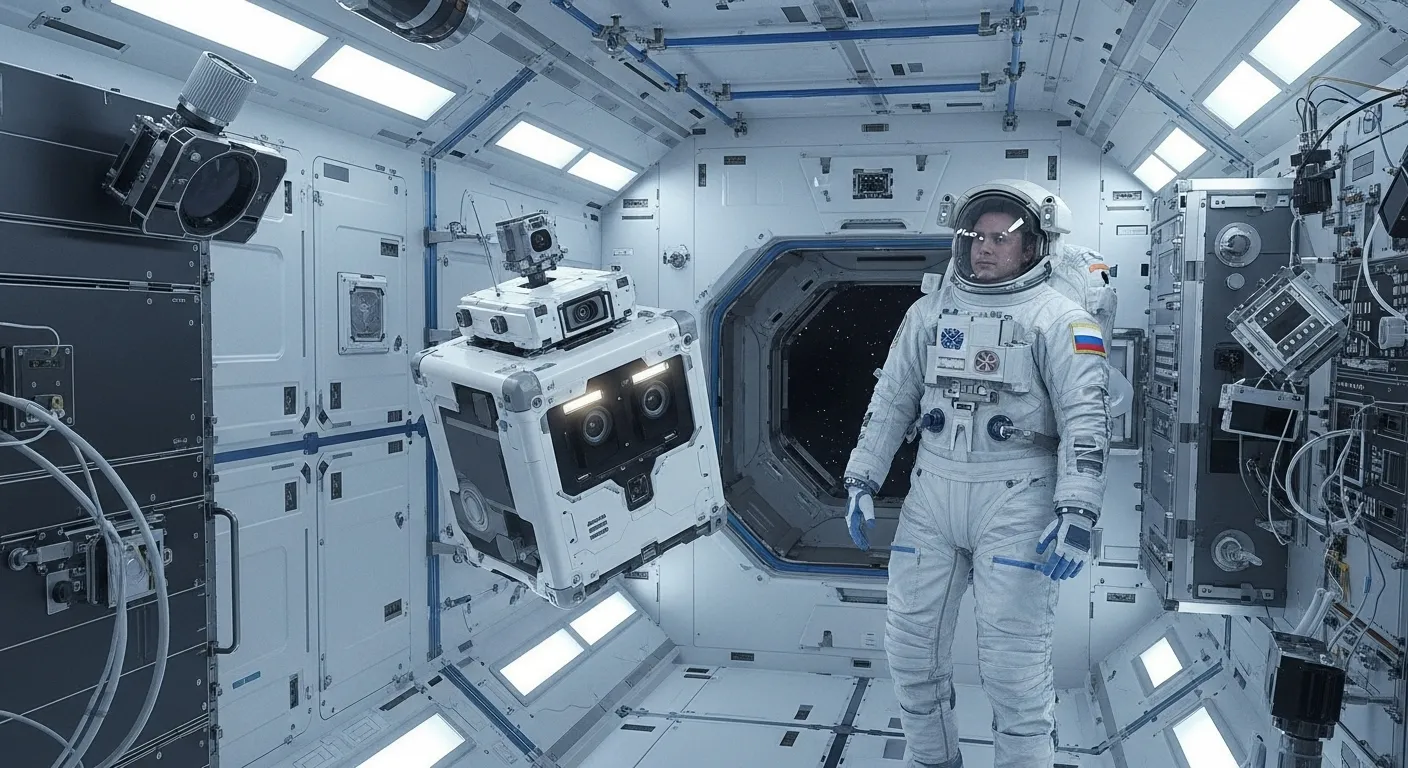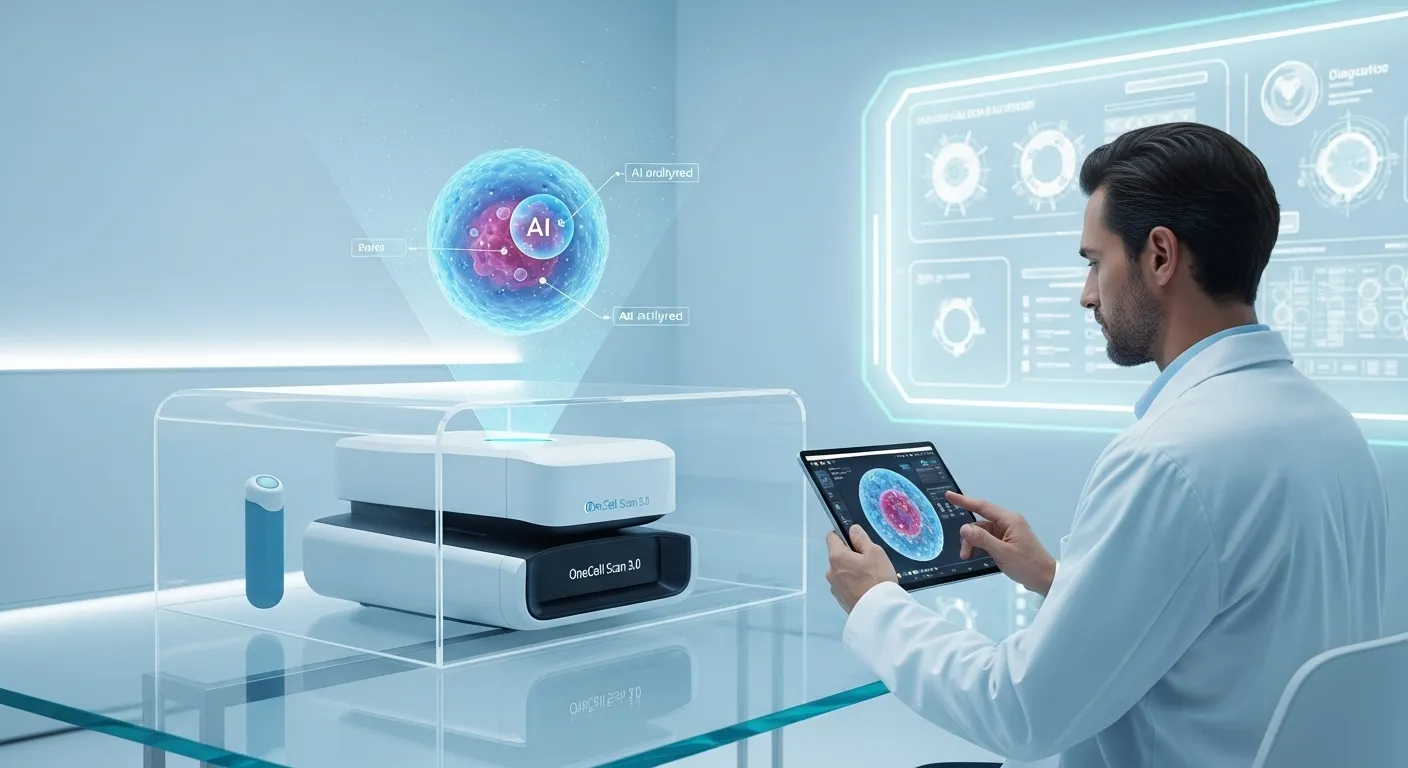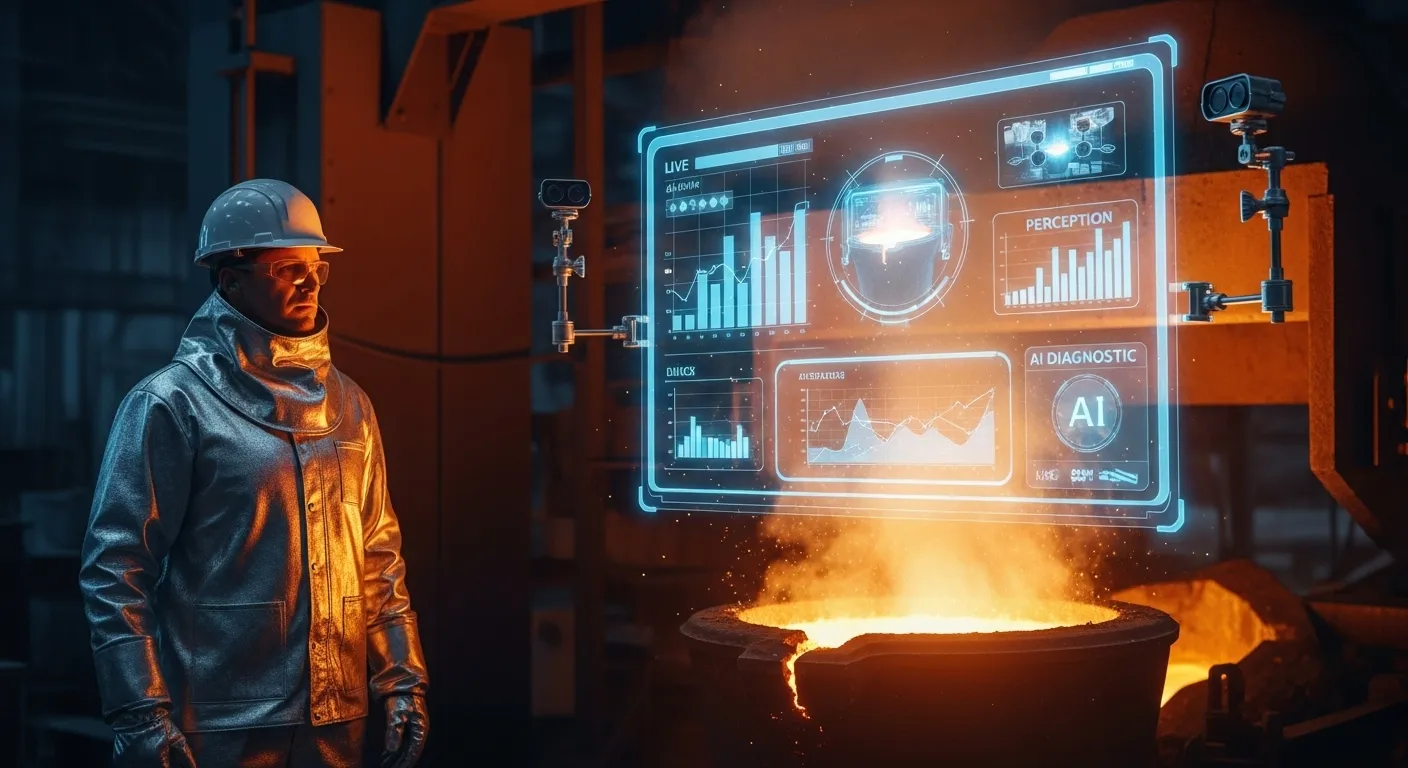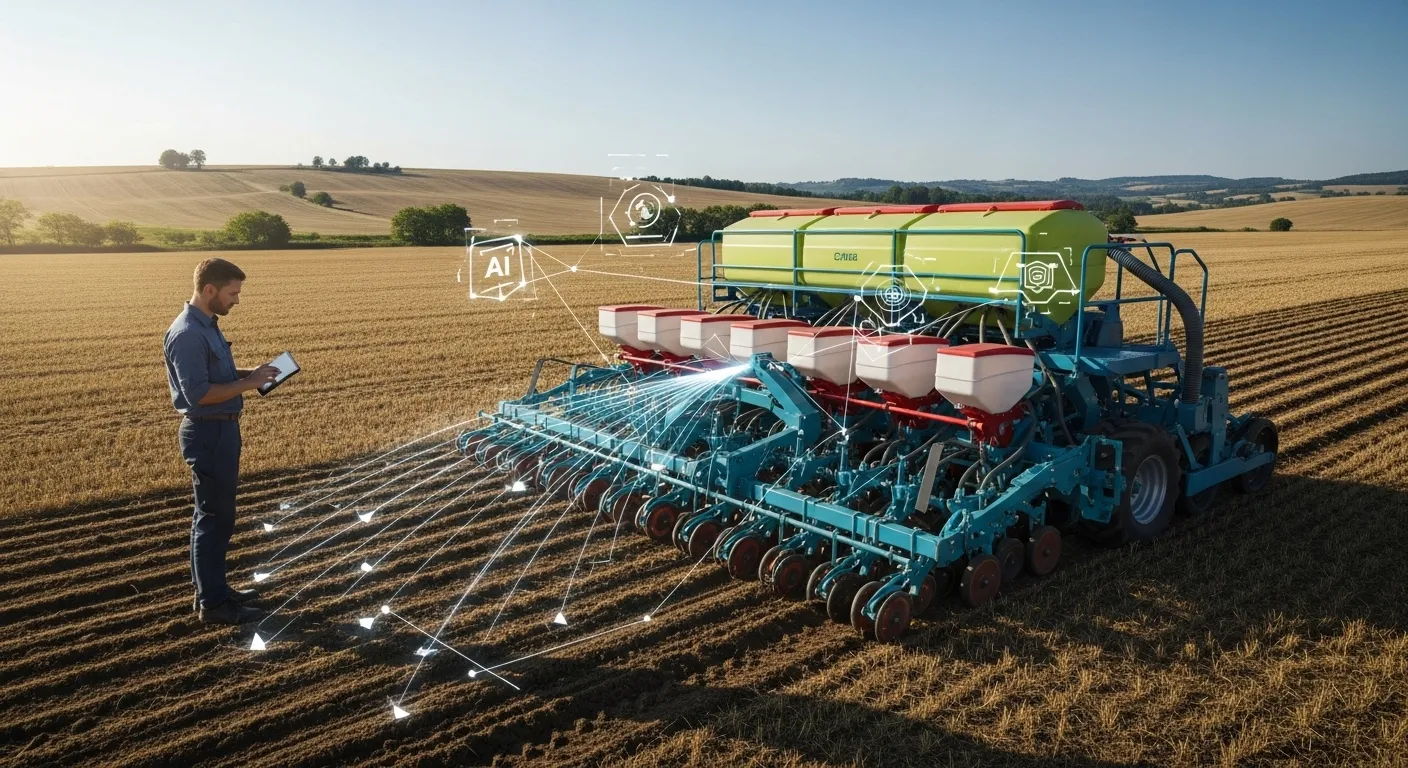More Than a Pet Project: How Students in Ufa Are Reprogramming a Robotic Dog
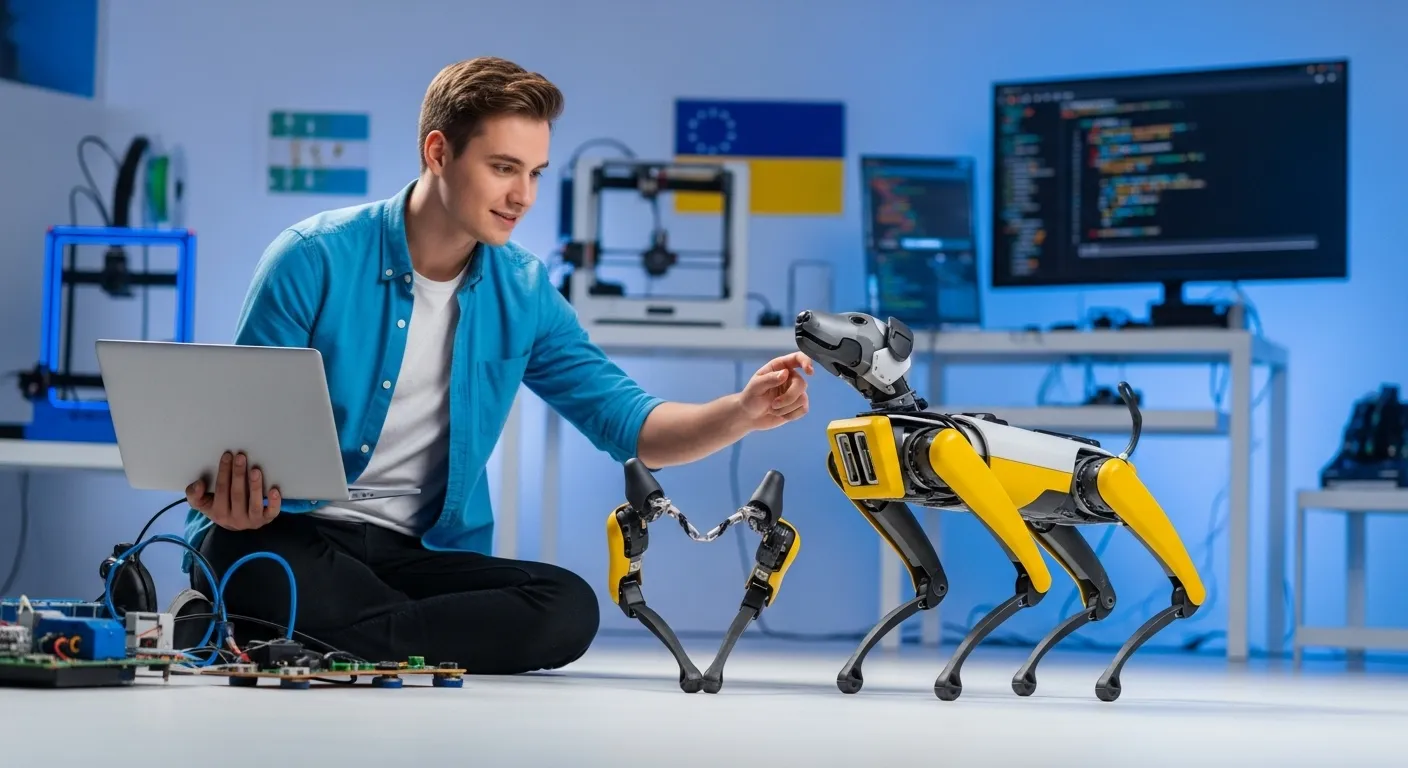
At Ufa University of Science and Technology, a robotic dog has become more than a classroom tool—it's a symbol of Russia’s push to modernize engineering education through hands-on learning and state-backed innovation.
A Robotic Companion for Learning
Since fall 2024, the Unitree Go2 EDU robotic dog has been a core part of the Advanced Engineering School's curriculum at Ufa University of Science and Technology (UUST). Students don't just study robotics theory—they actively reprogram the robot, update its firmware, and train it to respond to voice commands in English and Chinese. The dog, dubbed PISH-bot by students, can follow commands via a controller, smartphone, or voice input.
“You can plug the dog into a computer and reflash its firmware. It can do backflips, walk on its front legs, dance, or even make a heart gesture with its paws,” explained second-year student Nurislam Mukhamatullin.
The robot also demonstrates impressive terrain navigation capabilities, hinting at its potential for real-world applications. The project is funded through grants aimed at strengthening students’ practical engineering skills.
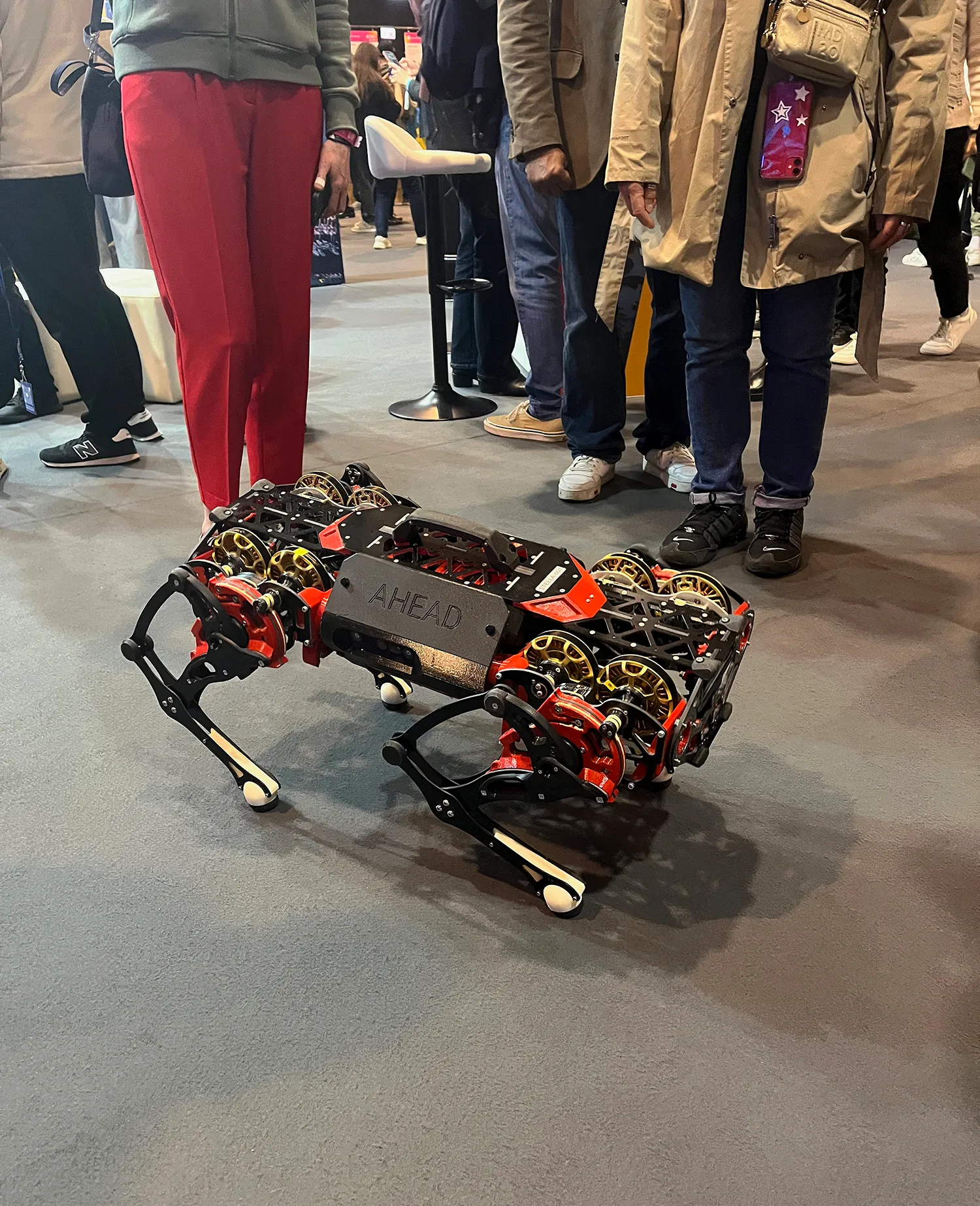
According to Ildus Sharafullin, UUST’s Vice-Rector for Research, government support has been crucial to the university’s progress: “Through the Priority 2030 program, we’ve built modern laboratories, including a center for new materials design. Notably, 90% of our team consists of young researchers.”
Robotics Education as Workforce Development
For the Ufa region, having students “train” a robotic dog represents a powerful driver for talent development in robotics. On a national scale, the project highlights the modernization of Russia’s approach to STEM education. UUST’s work mirrors global best practices, increasing the competitiveness of Russian academic programs and aligning them with international standards.
Currently based on the Chinese-made Unitree platform, the program could pave the way for future domestic alternatives. The hands-on experience with imported tech is laying the groundwork for Russia to develop and export its own solutions.
This model of robotics instruction is expected to expand to more universities across the country, forming the basis for programs in robotics and AI tailored to meet the needs of Russian industry and science. This vision echoes the sentiment expressed by Russian President Vladimir Putin at the 'Strong Ideas for a New Era' forum: “One of the most important areas of development is integrating robotics into Russia’s economy and industry. This is one of our key priorities.”
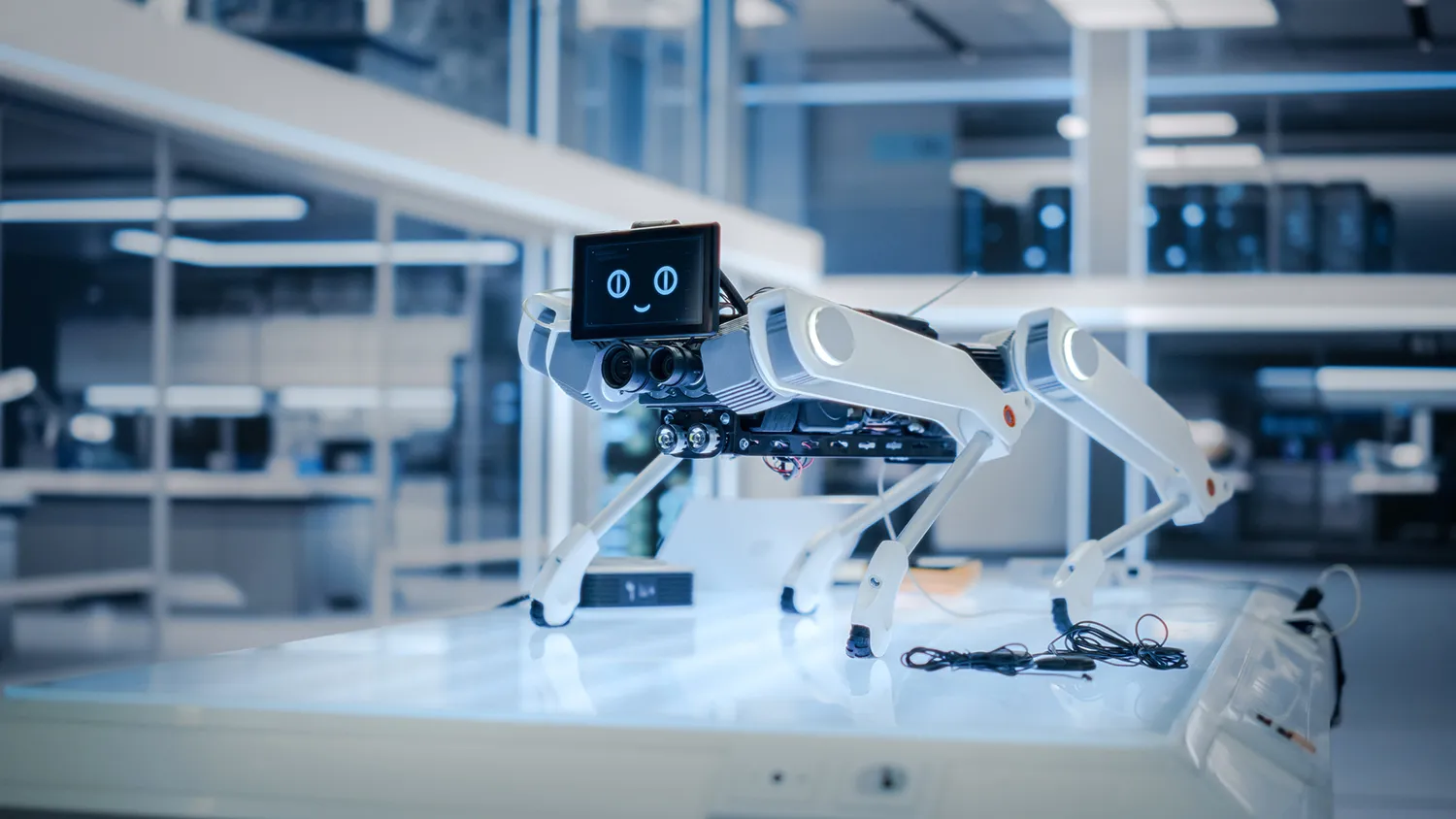
Nationwide Momentum for Educational Robotics
Over the past five years, Russian universities have actively incorporated robotics into their curricula. In 2022, Moscow Polytechnic unveiled a lab robot for teaching mechanics. In 2023, NUST MISIS introduced an ANYmal robotic dog, and in 2024, Tomsk State University completed development of an AI-assistant robot module based on DJI technology. That same year, Kazan IT Institute began teaching with a three-axis mechatronic robot.
In 2025, St. Petersburg Polytechnic launched a course on 'Robotics and Neural Networks' featuring Turkish robot dogs, while Innopolis University established the first federal Center for Industrial Robotics Development. By 2026, at least three such centers are expected to operate in Russia.
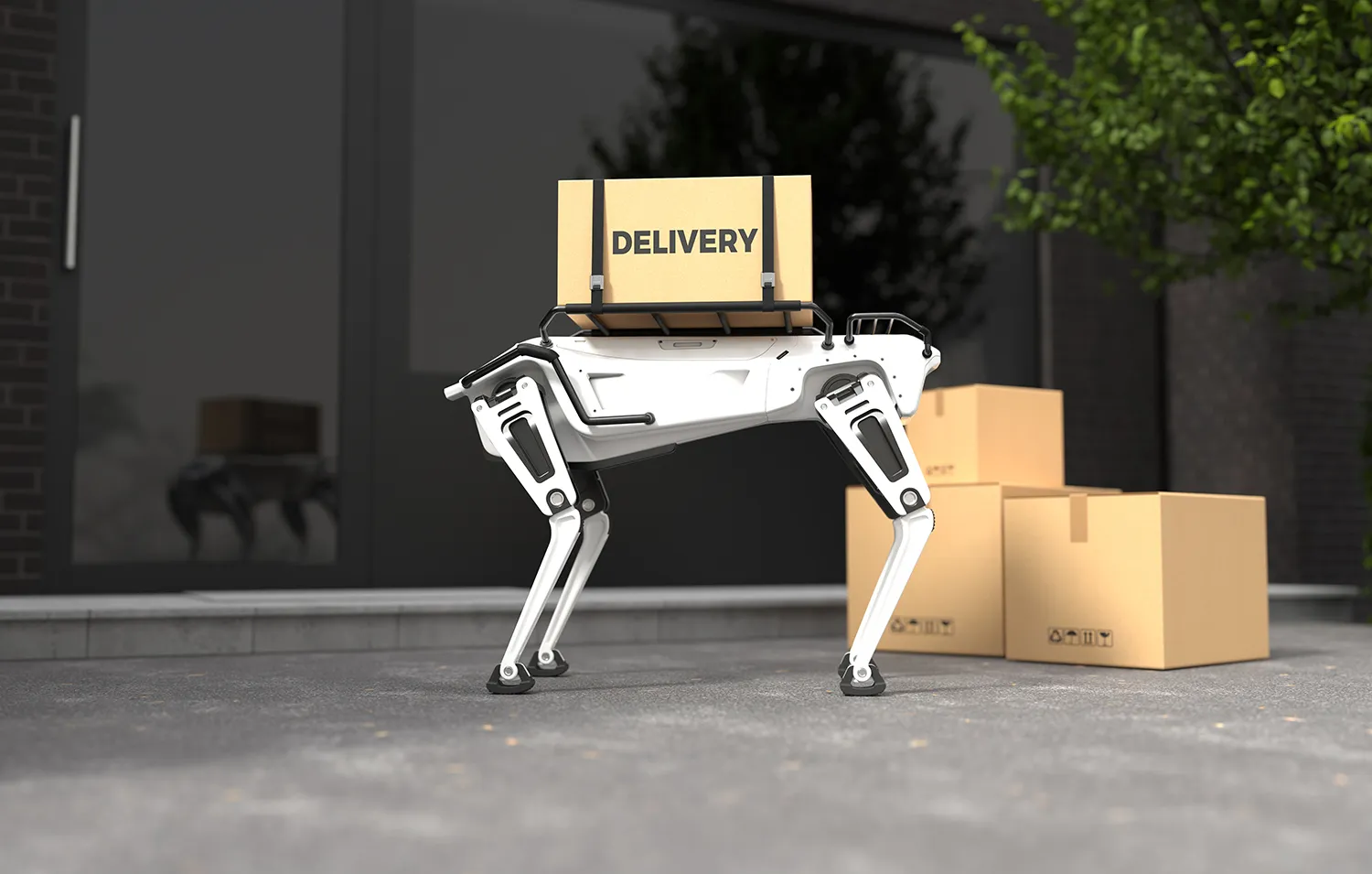
From Imported Bots to Export Potential
These initiatives signal a growing commitment to embedding robotics into higher education. Ufa’s Unitree Go2 EDU project positions the city and its university among national leaders in this movement. Experts anticipate a sharp rise in similar platforms across Russian campuses. In the near future, student-built research platforms based on Russian analogs of Unitree could emerge.
In the longer term—three to five years—joint projects with Russian robotics manufacturers could lead to fully domestically-produced robotic dogs for use in education and research. Ultimately, such efforts could bolster Russia’s presence in the global educational robotics market.
The arrival of a robotic dog in Ufa is more than a novelty—it’s a powerful signal that Russian universities are becoming hubs of cutting-edge technology. Today, students are learning with foreign platforms. Tomorrow, they may be building robots ready to compete on the global stage.





